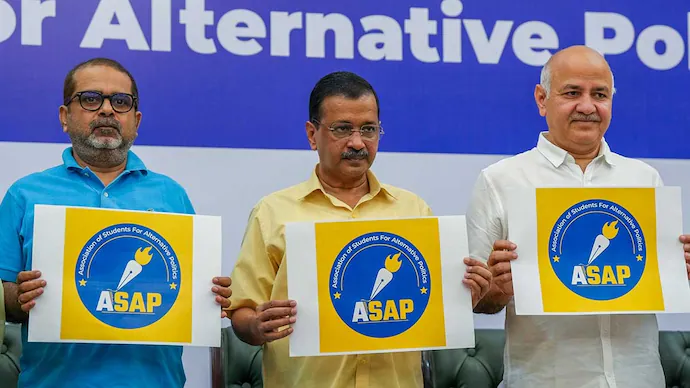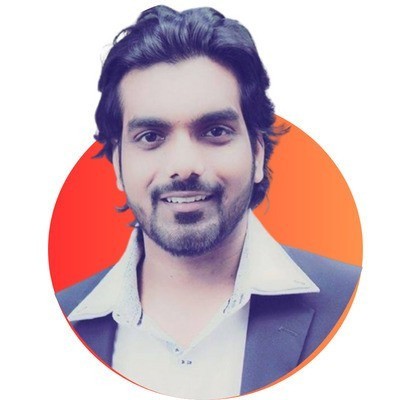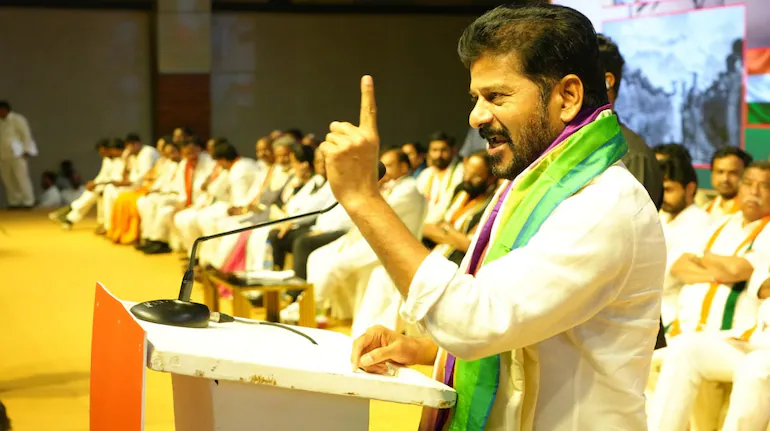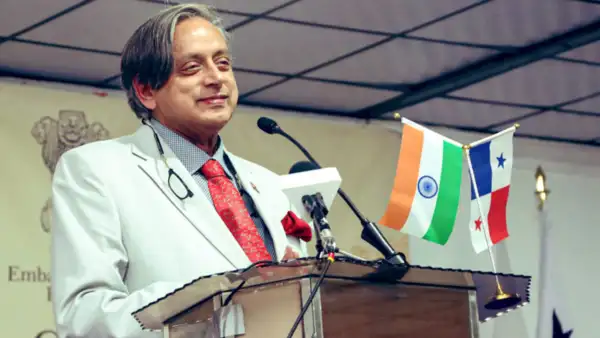In recent months, the Aam Aadmi Party (AAP) has faced significant political headwinds. Its grip over key power centers in Delhi—most notably the state government and the municipal corporation—has weakened, marking a sharp departure from nearly a decade of dominance. Now, the party appears to be shifting its focus from governance to grassroots activism, starting with an ambitious foray into student politics.
On May 20, AAP unveiled the Association of Students for Alternative Politics (ASAP), a new initiative aimed at galvanizing college students across India. Party leaders insist that ASAP is not just another student wing, but a broader movement for what they describe as “alternative politics.” To kick off outreach, a missed call helpline (8588833485) was introduced, inviting students to join and get involved.
At the launch event, party chief Arvind Kejriwal—who has been relatively low-profile of late—voiced sharp criticism of mainstream political culture. He argued that entrenched interests, particularly in education, have undermined equal access and opportunity. “The crisis in our country stems from the politics of the past 75 years, dominated by vested interests,” Kejriwal declared. “Alternative politics means equal education, not education controlled by mafias.”
The move signals more than just an expansion into campus politics. It reflects AAP’s effort to reinvent itself following electoral defeats. By courting young minds in colleges and universities, the party is tapping into a constituency that has historically played a key role in shaping political discourse. While Punjab remains in its control, Delhi—its traditional stronghold—is slipping, prompting the party to reengage with the public in new ways.
Kejriwal stressed that ASAP’s mission is not limited to student elections. “Fighting elections is only a small part of student politics,” he said. “ASAP is about building communities of thought and creativity in educational spaces to spark meaningful change.”
Student leaders like Eeshna Gupta have echoed that message. Promoting the initiative under the handle @ASAP4Students, Gupta said the platform aims to tackle everyday concerns of students—ranging from mental health to unemployment and inequality. “Campus politics has long ignored the lived struggles of students,” she noted. “We want to change that.”
This approach aligns closely with AAP’s earlier strategy of connecting with underrepresented groups—from auto drivers to neighborhood forums—especially during times when the party lacked institutional power. ASAP appears to be a continuation of that bottom-up model, designed to maintain relevance even without direct control of governance structures.
Despite entering a competitive field dominated by established student organizations—like ABVP (backed by the RSS and BJP), NSUI (Congress’s student wing), and the Left-affiliated SFI and AISF—ASAP offers AAP a potential foothold among politically curious youth.
Leaders see this not only as a political experiment but as a long-term investment. With limited costs and a high potential for engagement, student activism could become a testing ground for ideas, while also reenergizing party volunteers and supporters.
Kamal Tiwari, another spokesperson for ASAP, emphasized that their model is grounded in “social work and constructive activities” rather than confrontational politics. Similarly, Ayan Rai, also associated with the platform, criticized what he described as the dominance of caste-based and strong-arm tactics in existing student unions. “We believe student politics should inspire, not intimidate,” he said.
As AAP navigates a changing political landscape, ASAP may well be its most strategic pivot yet—a step back from institutional politics, but a step forward in movement-building.




